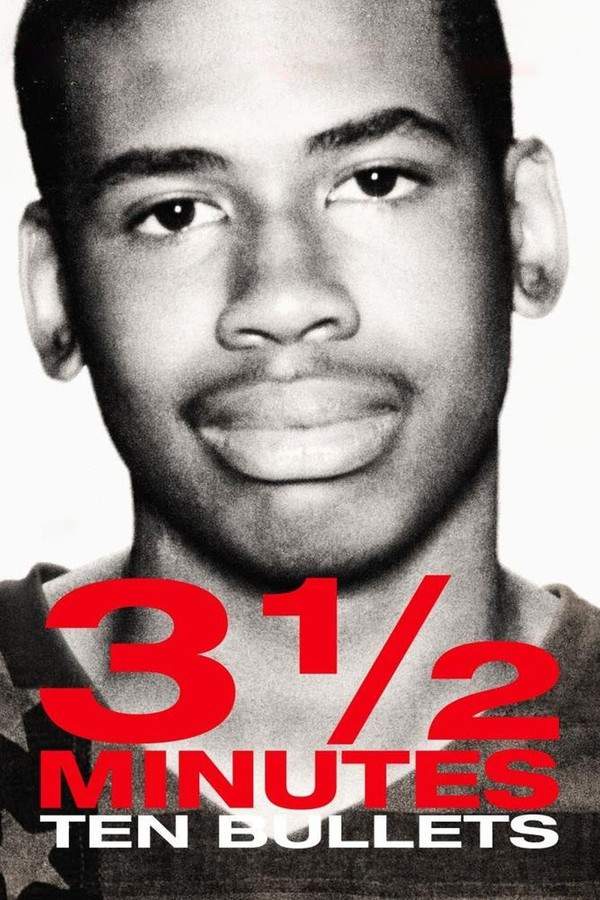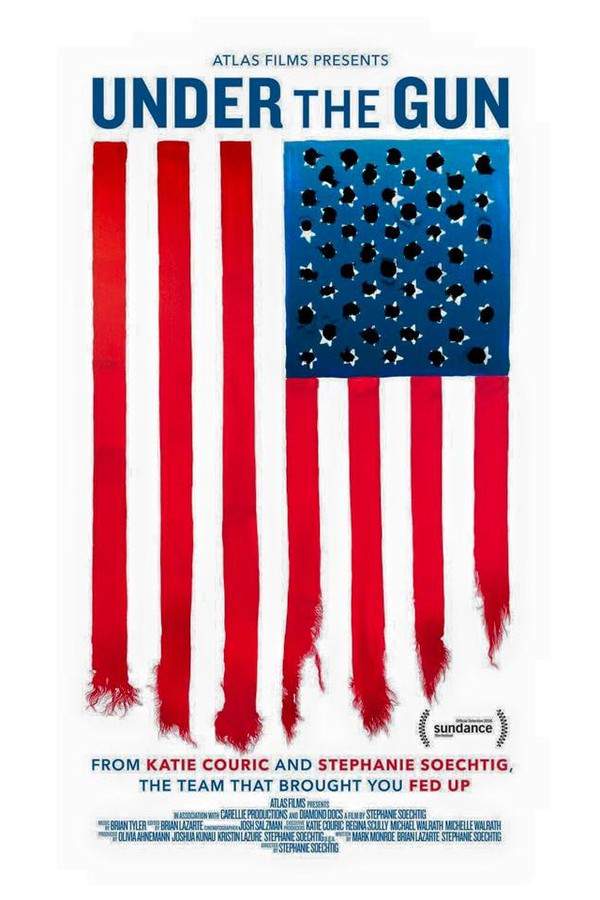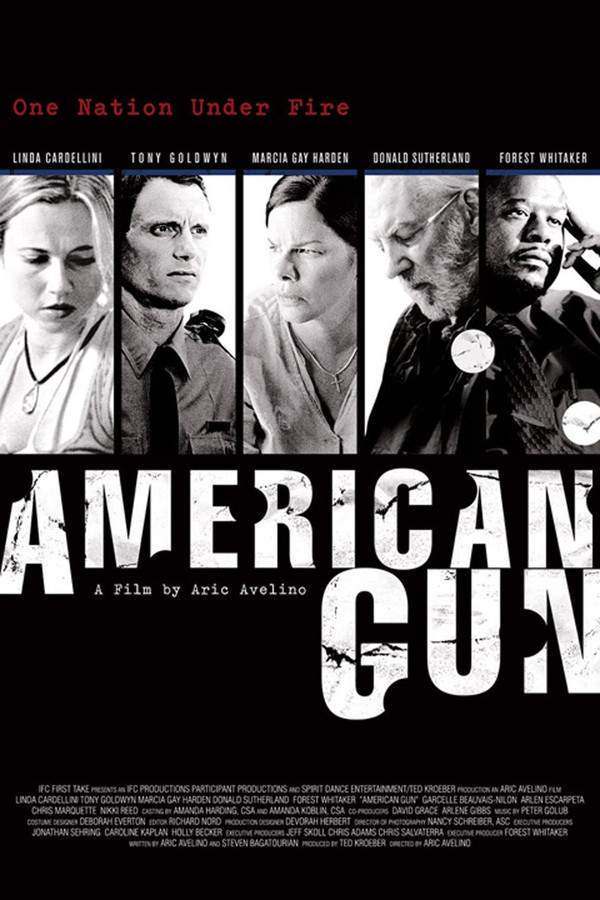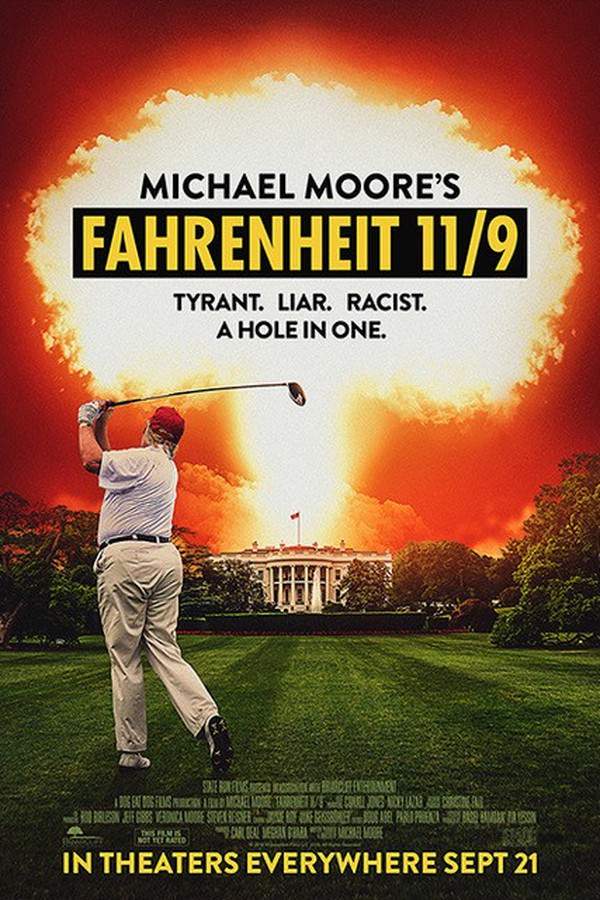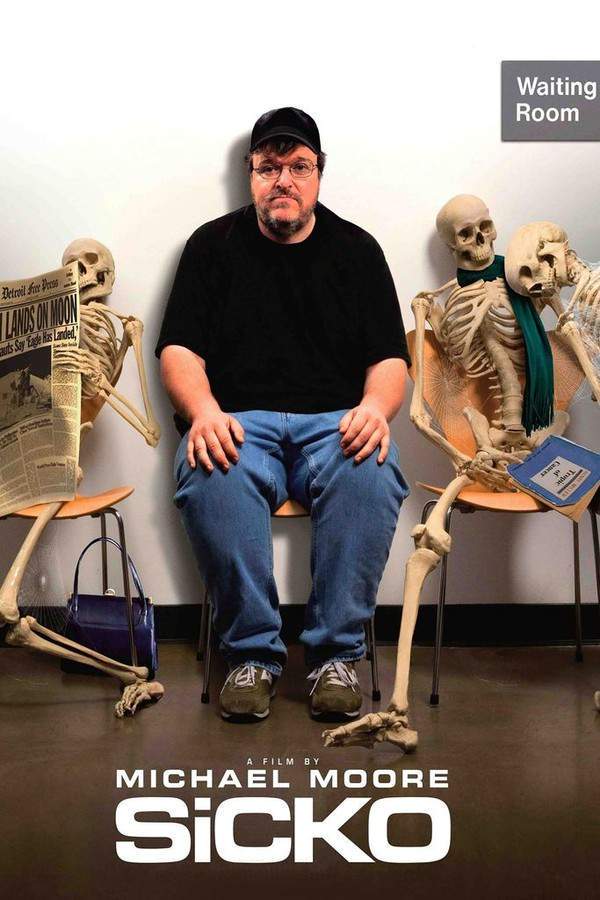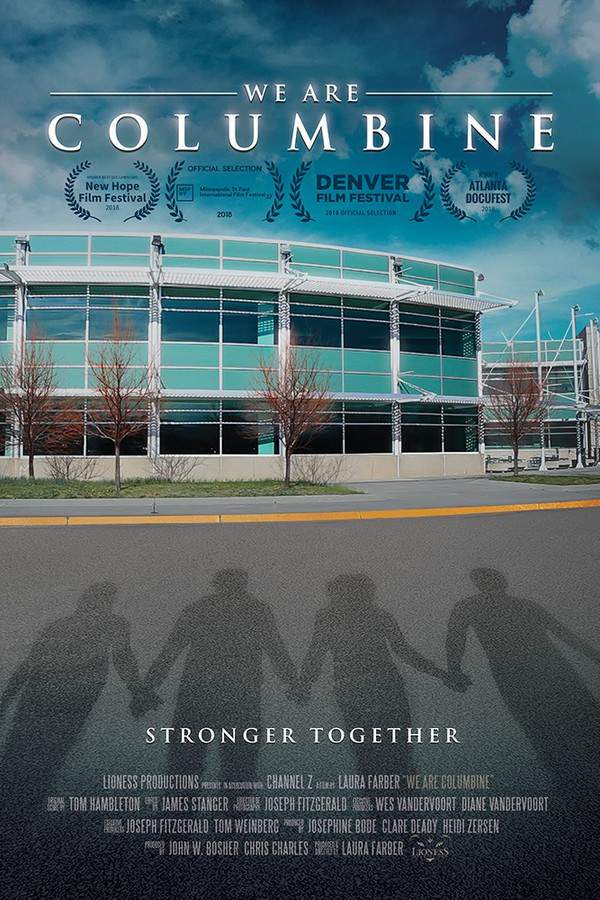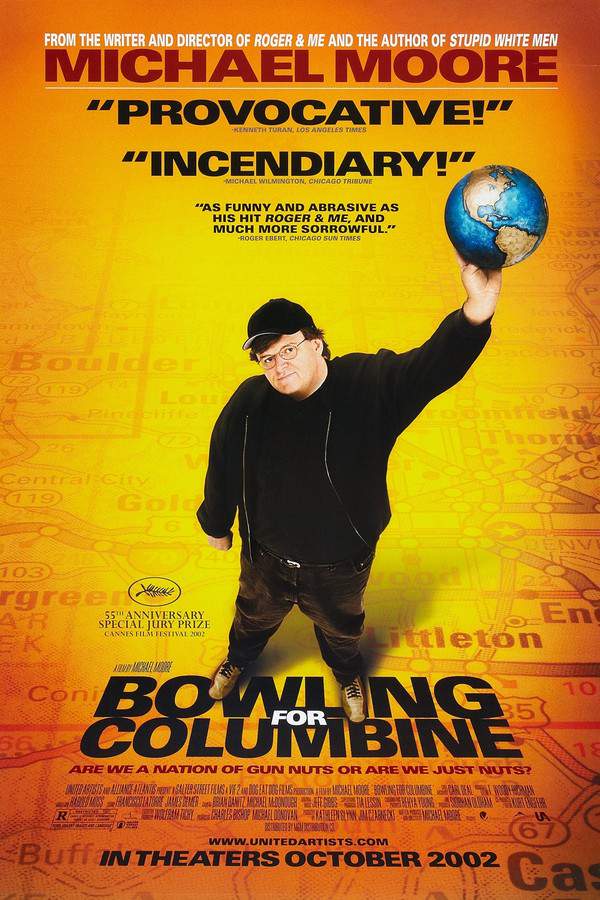
Bowling for Columbine
Year: 2002
Runtime: 120 min
Language: English
Director: Michael Moore
Budget: $4M
Michael Moore’s insightful documentary explores the Columbine High School tragedy and investigates the complex factors contributing to the massacre. Through his characteristic blend of humor and pointed questioning, Moore examines America's relationship with firearms, confronting Kmart employees about ammunition sales and contrasting gun violence rates with those in Canada. He also engages in a memorable exchange with actor Charlton Heston regarding his support for the NRA, prompting a thought-provoking discussion about gun ownership and responsibility.
Warning: spoilers below!
Haven’t seen Bowling for Columbine yet? This summary contains major spoilers. Bookmark the page, watch the movie, and come back for the full breakdown. If you're ready, scroll on and relive the story!
Timeline – Bowling for Columbine (2002)
Trace every key event in Bowling for Columbine (2002) with our detailed, chronological timeline. Perfect for unpacking nonlinear stories, spotting hidden connections, and understanding how each scene builds toward the film’s climax. Whether you're revisiting or decoding for the first time, this timeline gives you the full picture.
Last Updated: November 04, 2024 at 00:58
Unlock the Full Story of Bowling for Columbine
Don't stop at just watching — explore Bowling for Columbine in full detail. From the complete plot summary and scene-by-scene timeline to character breakdowns, thematic analysis, and a deep dive into the ending — every page helps you truly understand what Bowling for Columbine is all about. Plus, discover what's next after the movie.
Bowling for Columbine Summary
Read a complete plot summary of Bowling for Columbine, including all key story points, character arcs, and turning points. This in-depth recap is ideal for understanding the narrative structure or reviewing what happened in the movie.

Characters, Settings & Themes in Bowling for Columbine
Discover the characters, locations, and core themes that shape Bowling for Columbine. Get insights into symbolic elements, setting significance, and deeper narrative meaning — ideal for thematic analysis and movie breakdowns.

Similar Movies to Bowling for Columbine
Discover movies like Bowling for Columbine that share similar genres, themes, and storytelling elements. Whether you’re drawn to the atmosphere, character arcs, or plot structure, these curated recommendations will help you explore more films you’ll love.
Explore More About Movie Bowling for Columbine
Bowling for Columbine (2002) Plot Summary & Movie Recap
Bowling for Columbine (2002) Scene-by-Scene Movie Timeline
Bowling for Columbine (2002) Spoiler-Free Summary & Key Flow
Movies Like Bowling for Columbine – Similar Titles You’ll Enjoy
3 1/2 Minutes, 10 Bullets (2015) Detailed Story Recap
Under the Gun (2016) Full Movie Breakdown
American Gun (2006) Story Summary & Characters
Fahrenheit 11/9 (2018) Movie Recap & Themes
Fahrenheit 9/11 (2004) Movie Recap & Themes
Newtown (2016) Plot Summary & Ending Explained
Sicko (2007) Full Summary & Key Details
We Are Columbine (2019) Full Summary & Key Details
After Parkland (2019) Film Overview & Timeline
American Tragedy (2019) Ending Explained & Film Insights
Michael & Me (2004) Full Movie Breakdown
Generation Columbine (2019) Film Overview & Timeline
The Killing of America (1981) Detailed Story Recap
Raising a School Shooter (2021) Movie Recap & Themes
Playing Columbine (2008) Movie Recap & Themes



